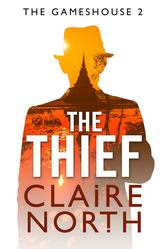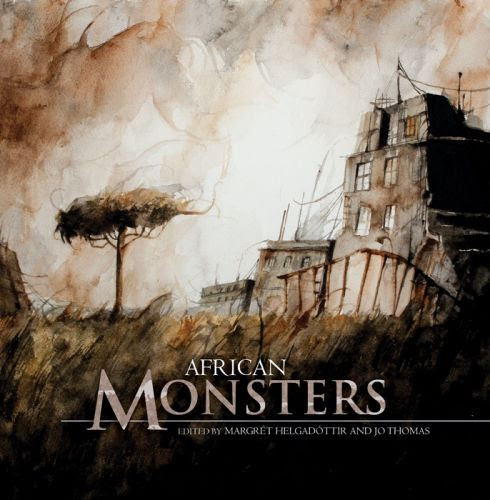 Tras la buena impresión que me quedó con la lectura de The serpent no dudé ni un segundo en seguir con la segunda entrega de la serie The gamehouse titulada The thief. En esta ocasión lo que está en juego son años de vida contra memorias, en una arriesgada apuesta que se decantará tras jugar al escondite.
Tras la buena impresión que me quedó con la lectura de The serpent no dudé ni un segundo en seguir con la segunda entrega de la serie The gamehouse titulada The thief. En esta ocasión lo que está en juego son años de vida contra memorias, en una arriesgada apuesta que se decantará tras jugar al escondite.
Aunque este juego puede parecer trivial, no lo es para Remy, un occidental que deberá hacer todo lo posible para ocultarse en Tailandia antes de la segunda guerra mundial, con las dificultades que ello conlleva. Su némesis en este juego tiene todas las ventajas en su mano, en lo que parece un enfrentamiento bastante desequilibrado.
En esta ocasión la autora nos cuenta una historia de supervivencia, una huida hacia delante que ni Harrison Ford en El fugitivo. La narración se basa en pequeñas escenas, en los encuentros fortuitos o no que Remy va teniendo con los más variopintos personajes, con la gente que le va ayudando por el camino o de la que tiene que huir para seguir en el juego. Estos momentos fugaces sirven también para describir algo de la cultura de un país fascinante, en una época muy convulsa.
Aunque también me ha gustado, se le puede poner algún reparo a la novella y es la finalización, que me parece demasiado obvia. No es precipitada, pero resulta algo anticlimática. Como punto a favor, la presencia de otros personajes a los que ya habíamos conocido y de los que sin duda volveremos a oir hablar.
Sin embargo, lo más interesante de todo el libro son las pistas que North va dejando caer, preparando el terreno para la última entrega de la serie, que promete ser muy interesante. No os extrañe que dentro de poco tengáis más noticias aquí mismo sobre The master.




